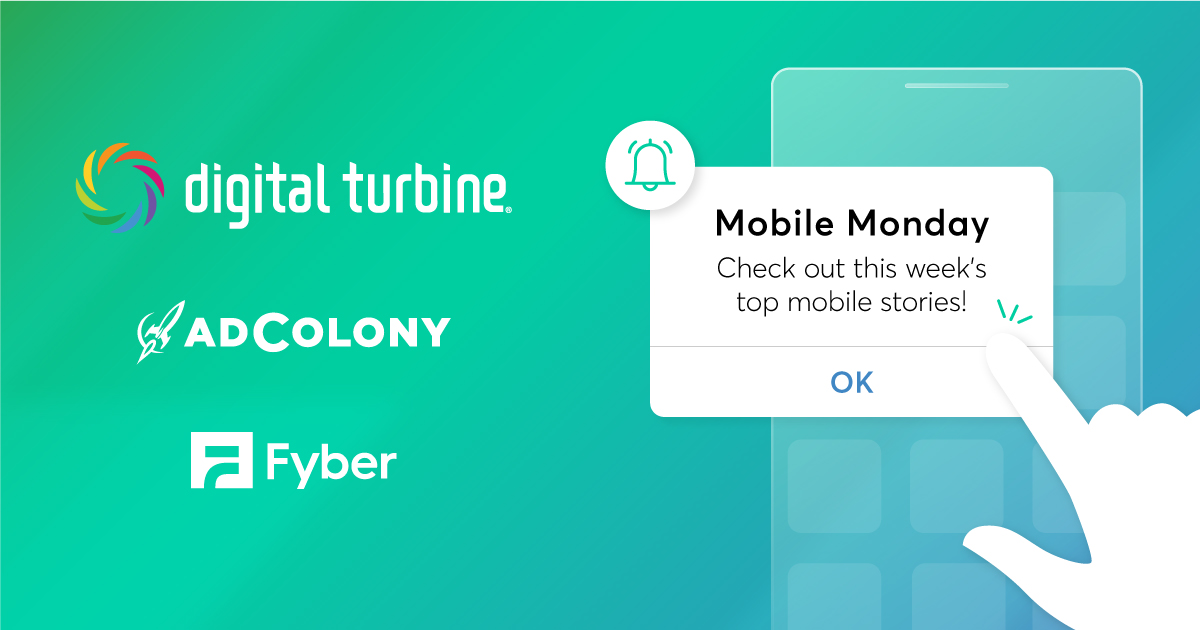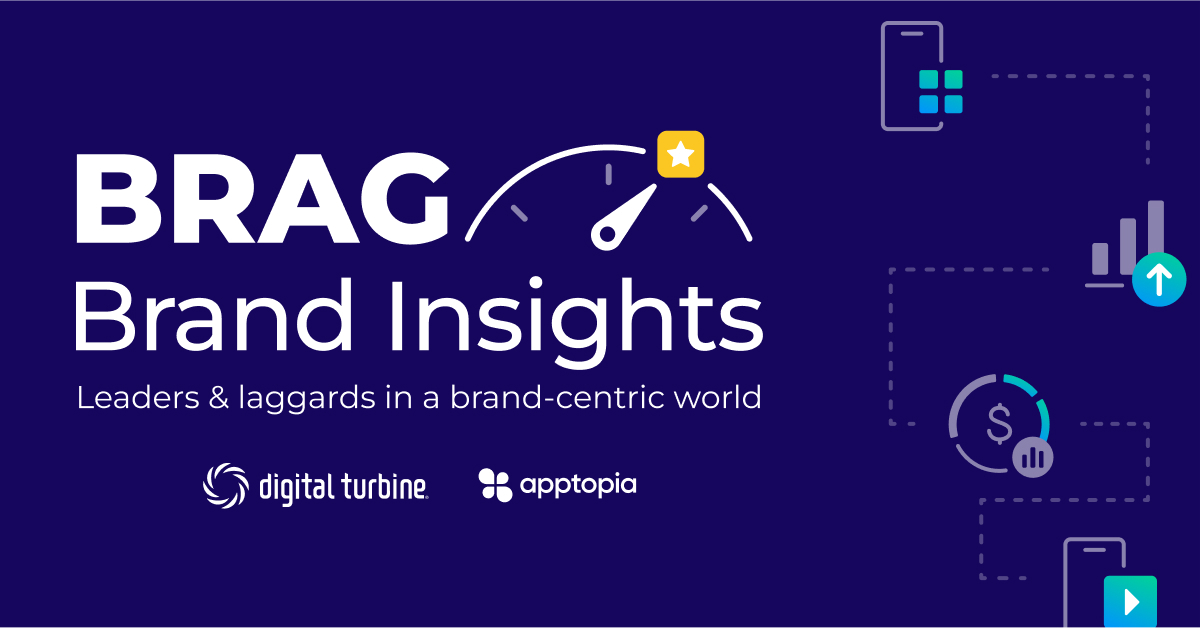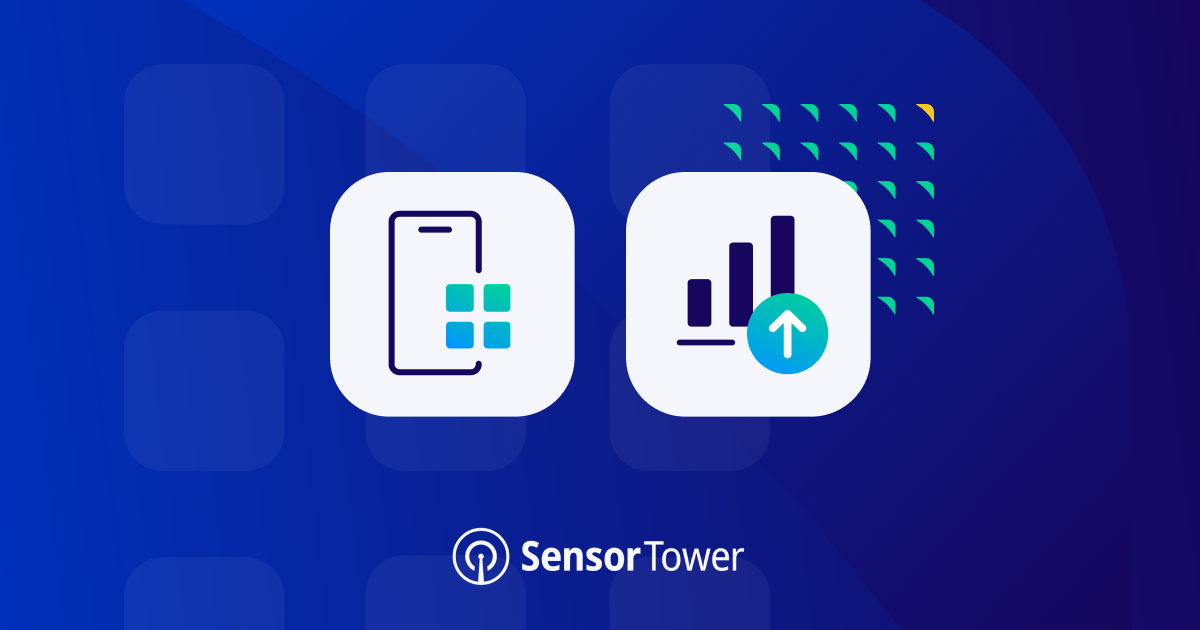Performance advertisers turn to a myriad of means for targeting their user acquisition campaigns to the ideal users. Historically, one of the top rated methods noted by top app install marketers has been look-alike modeling.
Indeed, year after year, the vast majority of top advertisers have reported using look-alike modeling, and have found it to be rather effective. However, it appears that confidence in this method is wavering a bit.
Look-alike Confidence Wavers
In the second half of 2016, look-alike targeting methods had become a darling of top app install marketers, viewed as a very effective method by 77% and an effective format by 93%.
However, confidence in this targeting method has waned a bit, with only 56% of top app install marketers regarding this tactic as very effective. Granted, 85% still view it as at least somewhat effective, so there is no indication that this method of audience targeting will be going away anytime soon.
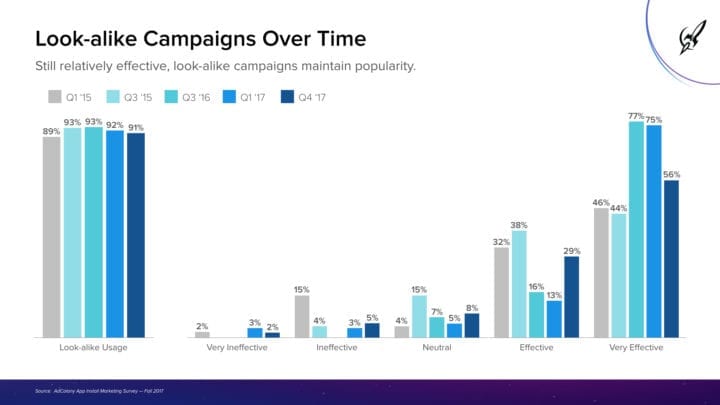
So why has it fallen a bit in perceived effectiveness? Vikas Gulati, Managing Director of APAC at AdColony, weighed in:
“Look-alike Modeling is primarily means to an end in case of performance advertising. Performance advertisers are primarily focused on improving ROAS (return on ad spend). Most look-alike models are based on probabilistic models on finding similar users based on app content & genres. However, we know that it’s harder to find high quality paying users with just context & genre based targeting.”
Regional Nuances
Indeed, the inherent challenges of contextual & genre based targeting is even more pronounced in APAC, where advertisers are the least likely to find success with look-alike modeling.
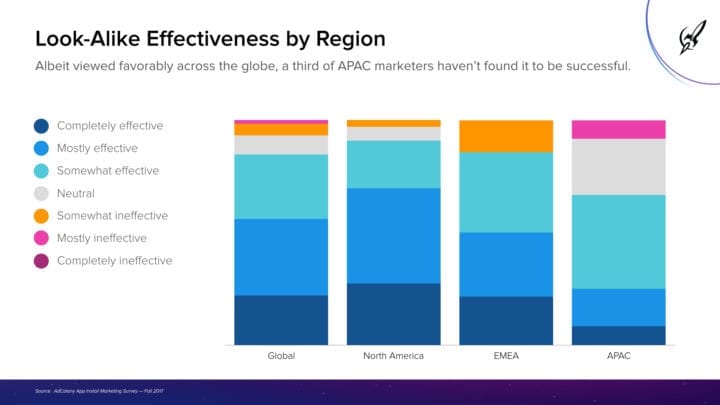
As Gulati describes it, “In case of APAC, since many titles are mid-core or hardcore roleplaying games, the task becomes even more difficult. The advertisers in APAC are far more sensitive given the nature of titles, and the share of users making in-app purchases are even smaller.”
Going Forward
Understanding the ever important objective of acquiring high value users, look-alike modeling must thus not simply rely on contextual & genre based metrics. It must also leverage post-install event data to determine not only if the user is likely to enjoy an app, but if they are likely to make purchases within it.
As Gulati attests, “the ability of find users and do look alike modelling not just based on content or genre but real in-app behaviour is critical for success. Use of ranking algorithms based on real in-app events and user score can go a long way in improving the effectiveness for performance advertisers.”
Simply, the era of simplistic look-alike modeling is giving way to a more advanced era, and the advertisers already employing it in their campaigns are reaping the most “completely effective” results.
Join the Conversation
What user behavior data do you use to fuel your look-alike modeling? Tweet your thoughts to @AdColony. For the latest AdColony mobile news and updates, follow @AdColony on Twitter, like us on Facebook, or connect on Linkedin.
- Rewarding to Engage: New Mobile User Survey Results Now Available - March 28, 2018
- Mobile Monday: Mixed Reality Promotion, Seriously Connected Fans, & FCC Acceleration - March 26, 2018
- Mobile Monday: GDC 2018 - March 19, 2018

